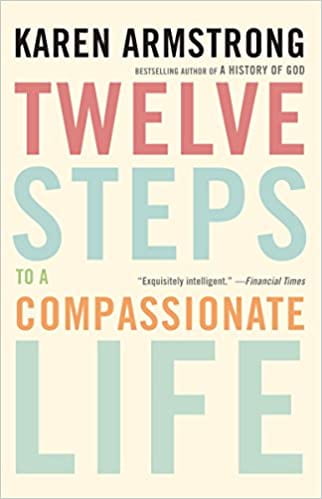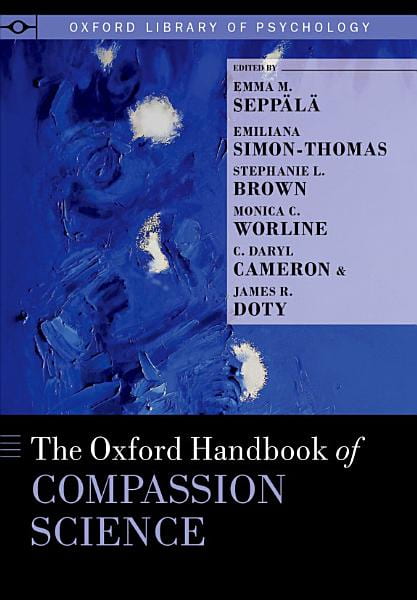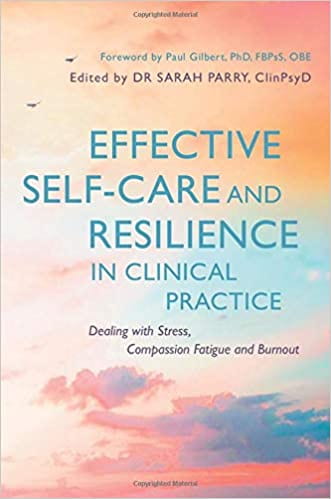In 1984, University of San Francisco School of Nursing and Health Professions was the recipient of an educational gift honoring the memory of Geraldine Crawford, who was cared for by USF nursing students and graduates. The first Geraldine Crawford Distinguished Nursing Lectureship was presented in 1985 and was open to all students, graduates, and nurses in the community. It has remained an annual event since its inception.
In order to involve the all-campus community, in 2019, the Crawford Lecture included an accompanying exhibit developed and displayed by students in collaboration with the Gleeson Library. The 2020 Crawford Lecture focused on Mental Health but was canceled due to COVID-19. However, students embraced the idea of a library display.
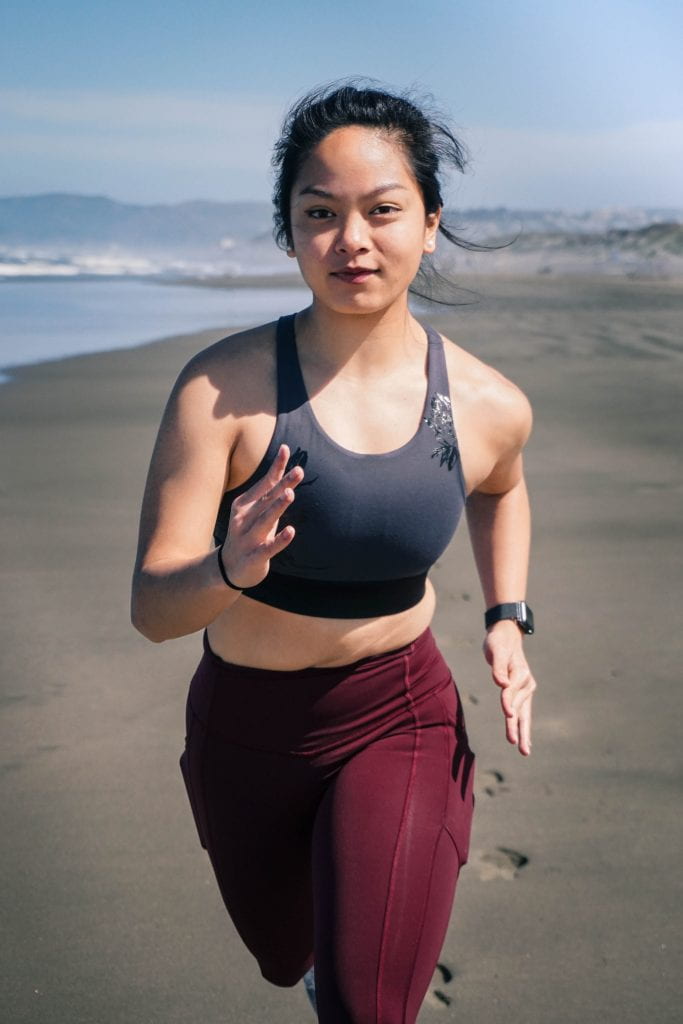
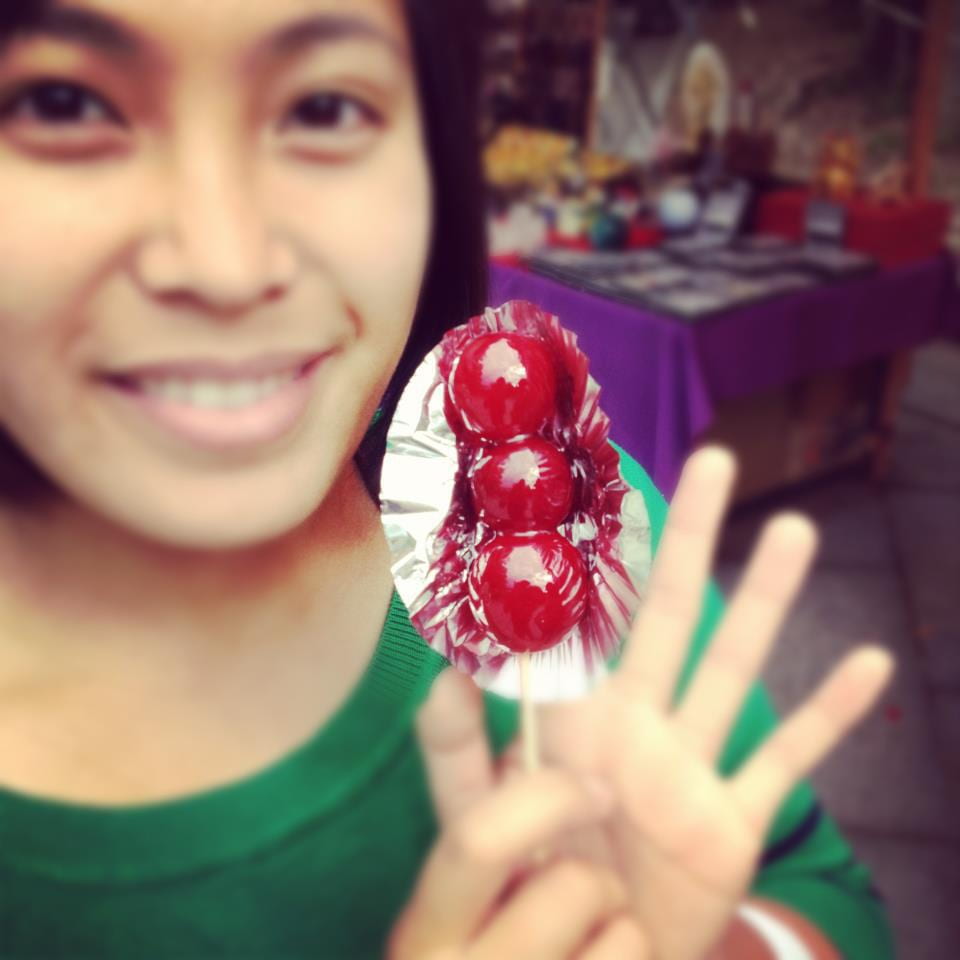
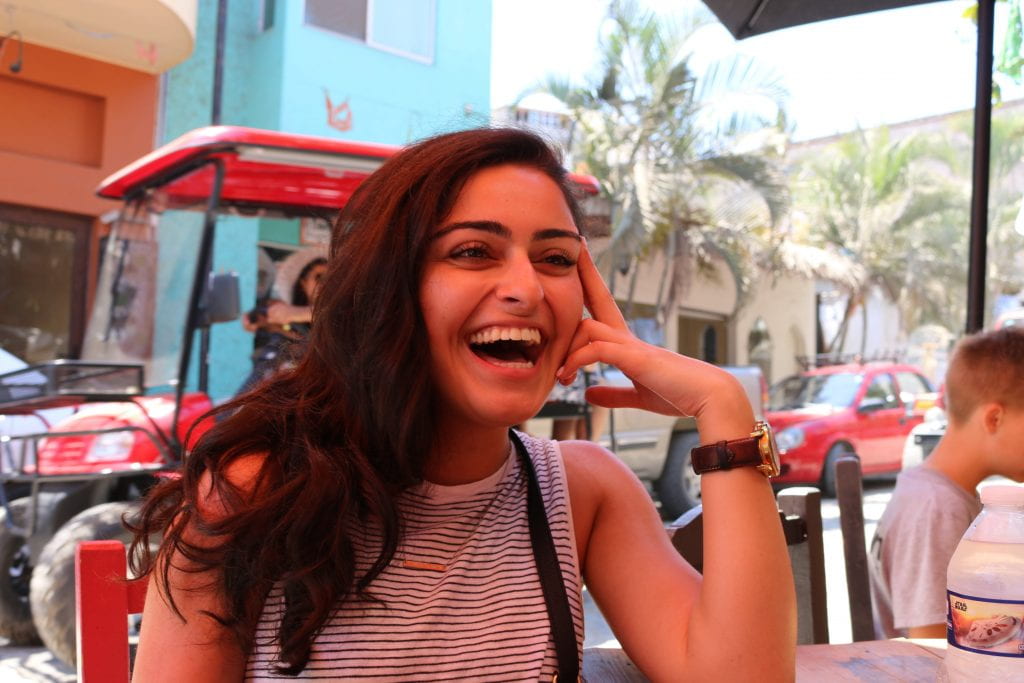
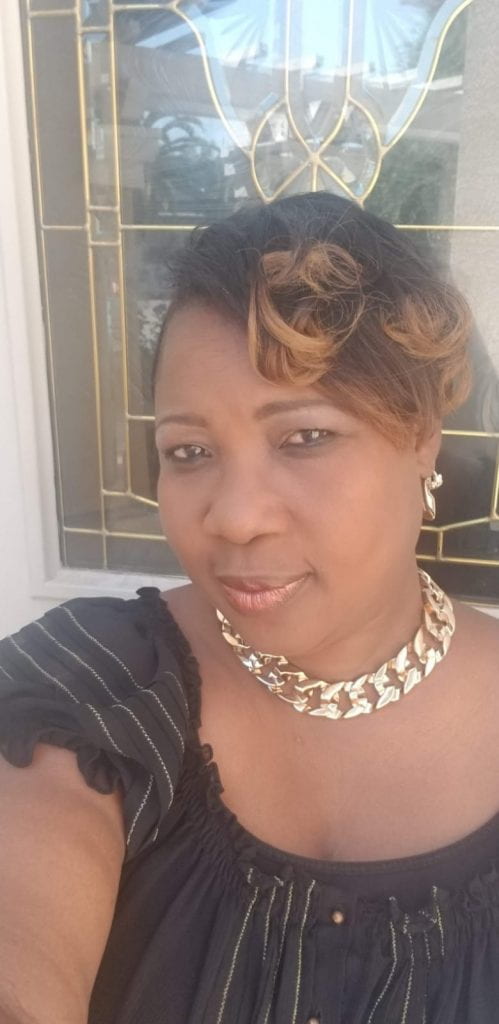
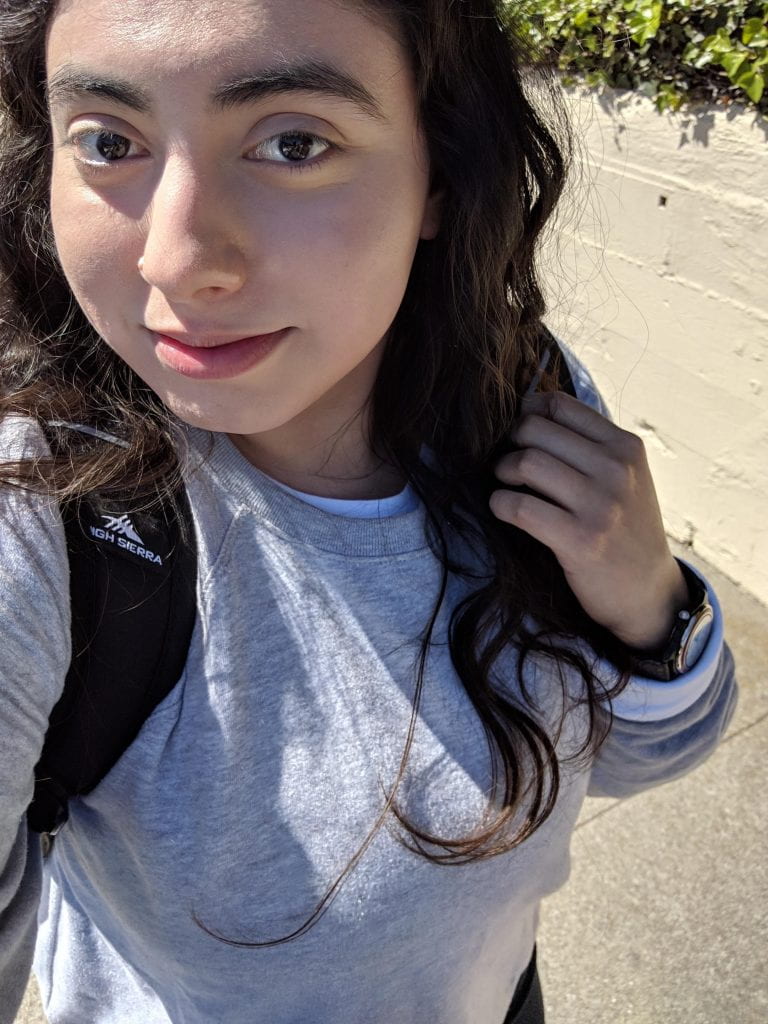
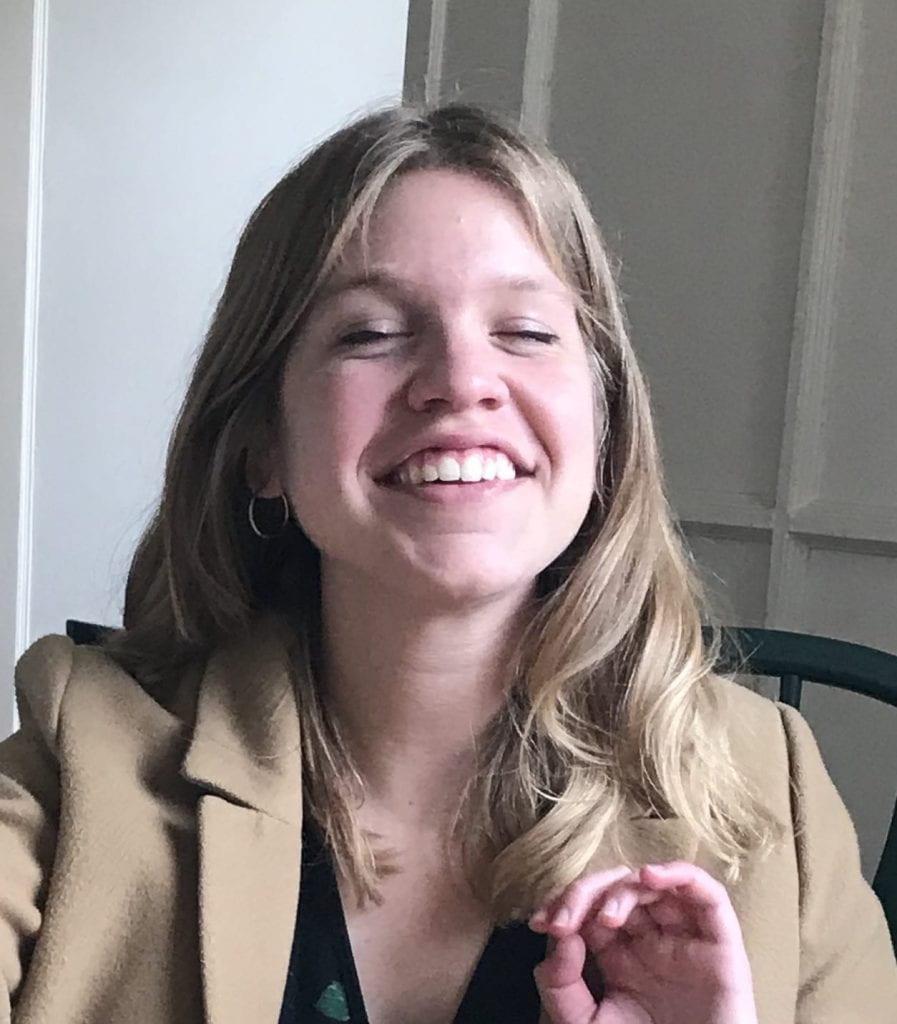
The Crawford Project began as an opportunity for six graduate nursing students who were curious about psychiatric and mental health nursing to do research and create a relevant display for Gleeson Library. However, because of COVID-19, this project transformed into something more personal and meaningful for the students. Meeting as a support group on a weekly basis, the Crawford Project grew into a way to explore mental health, particularly in relation to isolation, from a graduate nursing student’s perspective. Hearing each others’ challenges, struggles, and realizations gave us comfort to know we were not alone in our experiences. In this digital installation, we hope to extend this feeling of togetherness during Shelter in Place with the student body.
Creativity in Isolation
Lily Moll,
2nd year Graduate Nursing Student, Cohort 27
At 27 years old, I am completing a master’s degree in nursing in the middle of a global pandemic and an order to shelter in place. It is an anxiety provoking time but thankfully, I have some space to come back to creating art. I started one day by going through an old Tumblr account that I made in college. Regrettably, the username I had made for myself was “GirlonaRampage” and I have two followers to this day. This was the webpage where I had stored all the images that I wanted to paint, all the tattoos I had wanted to get, all the fashion looks I wished I could pull off, basically all sources of inspiration. Everything from Tokyo fashion blogs to pictures of 70s icons. I was happy to find, that although I have changed a lot as a person over the years, I still have the same spirit as I did when I was about 19. After going through pages of images, the first image I chose to paint was one from one of my favorite movies The Rocky Horror Picture Show. I painted on a loose piece of canvas nailed to the wall with music playing in the background and I felt better, more confident than I had in a while. It reminded me that contrary to my own beliefs, I am not terrible at being alone. Thankfully, there are endless possibilities of what I can paint now, due to misjudging the amount of canvas I had ordered on amazon. At times when I am feeling especially low, I look through images of what to paint next and it gives me a sense of purpose.

The point of this anecdote is that while many of us are forced to be more alone now, there is something great about getting to know yourself, what your talents are and what gives you confidence. I have been fortunate to find something that connects me to my younger self, and who I will always be on the inside. However, I think it is also important to push oneself to explore new talents, new interests and new ideas. I am inspired by my family and friends who are taking online classes, learning how to cook, playing music, etc. If there is a silver lining to sheltering in place, maybe it is that people have the chance to recognize what they like to do in life other than their obligatory activities.
Further reading from Gleeson Library
Newspaper Articles
- Why Hobbies Are Good for You. New York Times.
- How to Choose the Right Hobby. New York Times.
Websites
Balancing Family and Academics
Labake Oladunjoye
2nd Year Graduate Nursing Student, Cohort 28
I know something for sure that no one is an island even if someone wishes to be because every one of us comes from one unique circle called “Family”. A family is a set of parents living with their children. This Pandemic period has forced many students to go back to their families. This confirms that as a member of a family, either physically present or not you have certain responsibilities and obligations that always need your attention.
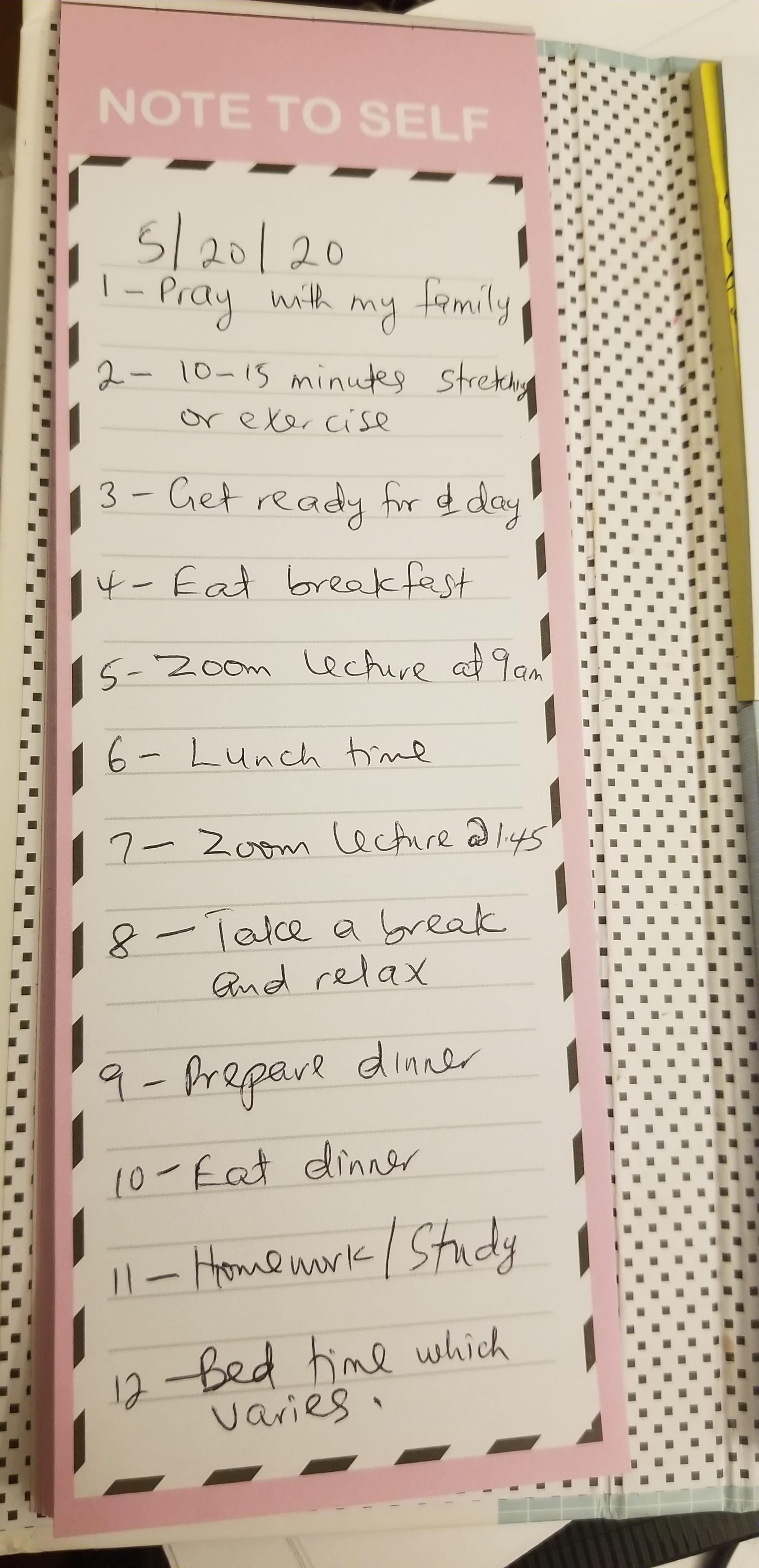
I remember when I started the graduate program at USF, I never knew what life was going to be like as a student, wife, and mother. All I knew was going to school to upgrade myself. Little did I know about all the barriers waiting along the journey. First, I was faced with commuting 5-6 hours a day. Second, very early and late classes schedules. Third, is the clinical location that I have no control over. Lastly, virtual learning which all the students have no choice but to conform to during this pandemic.
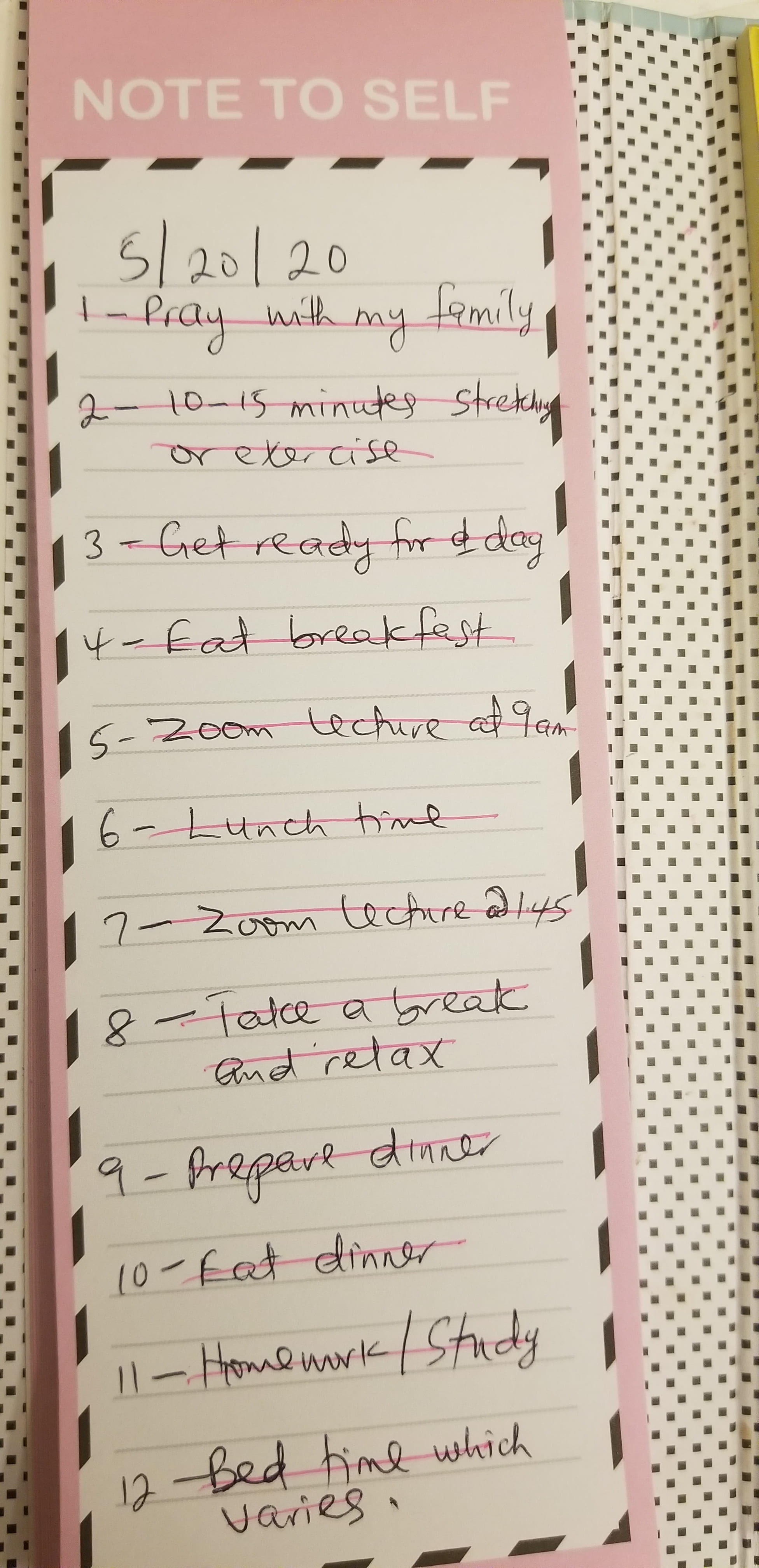
The emergency of unforeseen circumstances of COVID-19 birthed the required distance and virtual learning. Going out as you want is now a story and if you have to go it is advised to go out only if it’s necessary and use your mask for safety. This social isolation has brought about increased mental health issues such as depression and loneliness, increased unemployment, fear of the unknown, and one cannot predict what is next in this circumstance. Our lives and country have changed to a new one.
Fortunately, life has to continue, our education must continue too, and people like me with family have to learn how to balance family and academics in this new situation.
COVID-19 has its advantages and disadvantages. As much as the disadvantages hit us as students with family unexpectedly, it also has brought with it bonding time, having new hobbies, learning to cook something different, time to calm and relax, be organized, and time to reflect and know who we are without freedom and choices. This is what I do to balance family and academics: I start my day praying with my family, list what I have to do on my to-do list according to priority, set my lecture time, set my study time, make time for breakfast and dinner with my family, spend quality time with my family on the days I don’t have lectures. Do my assignments in advance and set time to study for quiz and examination. Friday night, Saturday, and half-day on Sunday are my main family time with cleaning, cooking, and bonding. Sometimes I will add to my lists or move an unattainable task to the next day. Try any of my tips and see if it works for you and you can tailor it to your taste. Together we can make it work and before we know it, this phase will be history. Attached is my appendices 1&2 of a typical day.
Further reading from Gleeson Library:
Books
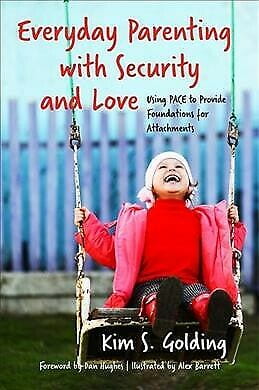
Scholarly Journal Articles
- Parenting in a time of COVID-19. Lancet. 395(10231), e64.
- What does the research evidence tell us about the effect of closing and reopening schools during the coronavirus pandemic? Learning & Skills Bulletin, 331, 18–27.
Websites
- Sesame Street’s Grover on coping during Coronavirus: Just for Kids. NPR Life Kit: Parenting.
- When will this be over? Sesame Workshop’s tips for parenting during a pandemic. NPR Life Kit: Parenting.
Productive distractions
Tracy Ronquillo,
2nd Year Graduate Nursing Student, Cohort 27
The first weeks into this quarantine, there was one word to describe how I felt – unsettled. I went from someone who had a full agenda, whose schedule was planned out two weeks in advance to pencil in homework times, dinner with friends, volunteering, various meetings, and activities with my family – to absolutely nothing.
“I am starting to pay more attention to the value a “slower” lifestyle brings”
The whole world seemed to stand still for a moment, which became two moments, which soon became two whole months. As a graduate nursing student who thrives on always being on the move and constantly looking for the next thing, this sensation was fearfully unsettling.
I am very goal and task oriented. I feel happy when I can achieve a sense of success and accomplishment. I am energized by stepping into new challenges, multitasking, and fitting in as many appointments I can per day. My main hobby and form of exercise is powerlifting: a sport which requires discipline and is centered around setting goals, reaching them, and then advancing that ceiling even higher. However, when the Shelter in Place order was mandated, my world halted in a way that it had never been before. Suddenly, my sense of accomplishment felt gone. I remember myself checking different news channels every few hours to see if there were any new updates of the re-opening date. I remember feeling antsy in my own space and itching to get out of the house to just go somewhere. I felt myself thinking about all the extra time I had to study now, but only getting more frustrated when my productivity level did not reflect how much more “free” time I had.
As the new reality of this quarantine set in, I began feeling a sense of loss. I noticed that I did not feel comfortable sitting with stillness. I always wanted to be on the move. I did not really know who I was apart from the obligations I had or who I was trying to be in a career. I felt like I had lost a sense of productivity, and therefore a sense of self. The transition period from being always on the move to suddenly stopping was difficult. Every single day, and even sometimes now, I caught myself looking forward to the end of this quarantine.
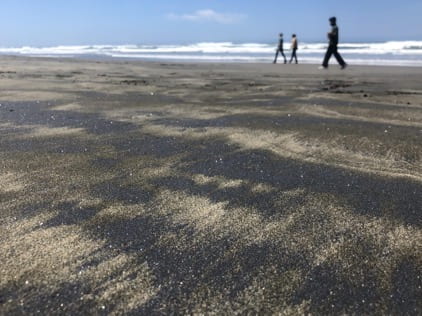
As life begins to slow and weeks blur together as I try to make my days less monotonous through trying out new hobbies like having facetime conversations with friends, and learning Tik Toks with my teenage brothers, I found myself in a more reflective state than I had been before. Although these newfound hobbies do not make up for the larger things I was able to accomplish in my daily routine, I am starting to pay more attention to the value a “slower” lifestyle brings. I am able to take my time to get out of bed in the morning and listen to the news or to music as I get ready for the day instead of trying to brush my teeth and put on pants at the same time. I’ve begun to smell my food while I cook – taking in the different aromas as onions caramelize and notice how garlic completely changes scent as it cooks instead of meal prepping 4 day’s worth of meals in 1 hour. I find myself sitting in my backyard watching my dog run from fence to fence while basking in a gentle breeze instead of walking briskly up the hill on Fulton street trying to make it to class on time. And as I notice the things I have taken for granted in the past, I am recognizing a sense of grace that allows me to feel less antsy, less bored, and more grateful.
I still have to-do lists and I still map my day from the moment I wake up. I still recognize and long for a sense of accomplishment and productivity somewhere in my life. And, at the same time, I am continuing to take in what else is out there, what else makes up this part of my life and who I am right now. The hardest part for me was coming to peace with what that meant. The hardest part was recognizing I still am me aside from these “productive distractions” of tasks, meetings, lists, and goals. The hardest part still is holding the importance of both fastness and slowness in my hands and giving the two concepts equal gravity in a fast-moving world.
Further reading from Gleeson Library:
Newspaper Articles
- Thanks to the coronavirus, you have time to write that novel. You just don’t want to. Washington Post.
Just Breathe
Lila Modarresi,
2nd year Graduate Nursing Student, Cohort 27
For the latter years of my life, I’ve believed with every being of my body that it’s okay to not be okay. Negative emotions or emotions brewing from uncertainty are a part of life, and that was okay for me. The part that didn’t feel okay was that I never really had a strategy to move out of that negative space… I was almost so accepting of not being okay that it was challenging for me to shift out of that mindset. It wasn’t until this year where I truly learned to both sit in my negative emotions and learn to shift out of them. Although, let me tell you that it continues to be a work in progress.
Like I said, I believe it’s okay to sit in the negative emotion or attitude, but then…what is the next step? In my opinion the next step is to recognize that there is an option to change the course you take. I’ve been asking myself “what will I do to manage these negative thoughts, attitudes, or moods that I am in?”
For me, that’s where self-care comes into play. I used to think that self-care activities, or what I referred to as superficial solutions or preoccupations, just masked the negative emotion or attitude that people dealt with. I saw it as someone hiding from the truth or hiding from reality. But my mindset has greatly shifted as I have learned to carry the once fleeting and seemingly superficial feeling of ease and calmness, that I embody during my self-care routine, to other parts of my day to day life.
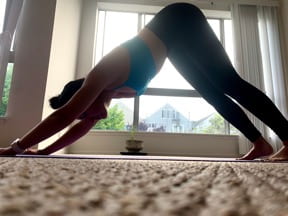
As of recent, I have rekindled my yoga practice and have been reminded of the art of breathing into the present moment. Yes, maybe my 45-minute yoga class could be viewed as a band-aid to fix the negativity that I woke up with that morning, but the ease of breath I experience in my moment of self-care has the ability to carry with me throughout my day. By practicing breathing in, I’ve allowed my brain to remember that moment when I felt at peace and focus on breathing out the negativity. I’m learning that self-care doesn’t have to be a fleeting solution, but rather long-term, something we can hone into when we need it the most. A solution that allows us to come out of a negative space.
Whether it’s reading a couple chapters of a book, walking through Golden Gate Park, doing a virtual workout, or just letting the sun shine on my face, I am learning to breathe into the present, hold onto that regenerative feeling, and store it for a rainy day. Nothing about this is superficial or quick. As I move through life with COVID-19 as relevant as ever, I continue to believe that it’s okay for me to not feel okay all the while knowing that it’s okay to ask what’s next and just breathe.
Further reading from Gleeson Library:
Books
Finding liminal space in meditation
Lora Magno,
2nd Year Graduate Nursing Student, Cohort 27
I would like to start off this bit with how much meditation has changed my life, in a positive way. In 2009 I received training for transcendental meditation through an internship I had during undergrad. At this internship I was placed in a middle school math class where I could observe the teacher and the environment. This particular school practiced transcendental meditation at the time and I thought it was amazing how all the middle school students sat in class quietly with their eyes closed, including the teacher, and everyone respectfully made very little noise.

With transcendental meditation, I was taught to sit in a comfortable seat for 20 minutes and chant a mantra that I was assigned during my meditation training. Through this training, I was able to recognize the “knots” in my body, chant my mantra through them, and slowly unknot them. These “knots”, I felt, were the stressful moments that I experienced that I could not let go of. This process of “unknotting” the moment was me acknowledging it and letting it go. In the process, the muscles around my neck and head relax and I feel like I’m diving slowly deeply into an ocean or melting into something. With my meditation practice I was able to manage my stress and I even stopped getting headaches. This tool helped me manage my stress throughout my teaching career and in my personal life.
“There is power in participating in a group meditation”
I temporarily stopped meditating when I decided to go back to school to fulfill my pre reqs for nursing. It’s much easier to meditate with a regular schedule since studying for all those darn prereqs took up so much time. Fortunately, I was reintroduced to meditation in a different form through Dr. Donnelly, called HeartMath. By the way, just a shout out to Dr. Donnelly, she is one of the wonderful professors in the MSN program. She would lead a Heart Math session at the start of class and it reminded me about the importance and the benefits of quieting the mind and allowing the body and mind to sync and relax. Ever since that first fundamentals class with Dr. Donnelly, I’ve done heart math before the start of lectures and it’s helped me prepare to stay engaged in class.
We are now in the middle of a pandemic and a little chaos was brought into our lives. I again stopped meditating and lost motivation to continue meditation but thankfully decided to work on this Crawford lecture project.
During this Crawford lecture support group I learned a new term called “liminal space” and I’ve realized that meditation has helped create a liminal space for me to be ready to engage in class or engage in the next activity with little to no distraction. Meditation and heart math help me place my problems into a small box in the corner temporarily, so that I have more space to learn and do what I need to do. There is power in participating in a group meditation. Doing it in a group kept me accountable and helped encourage me to quiet my mind. In class, it eventually got to the point where I would do heart math on my own while other students were talking but at least I knew that other people were in the room with me and that my participation in heart math was part of my routine.
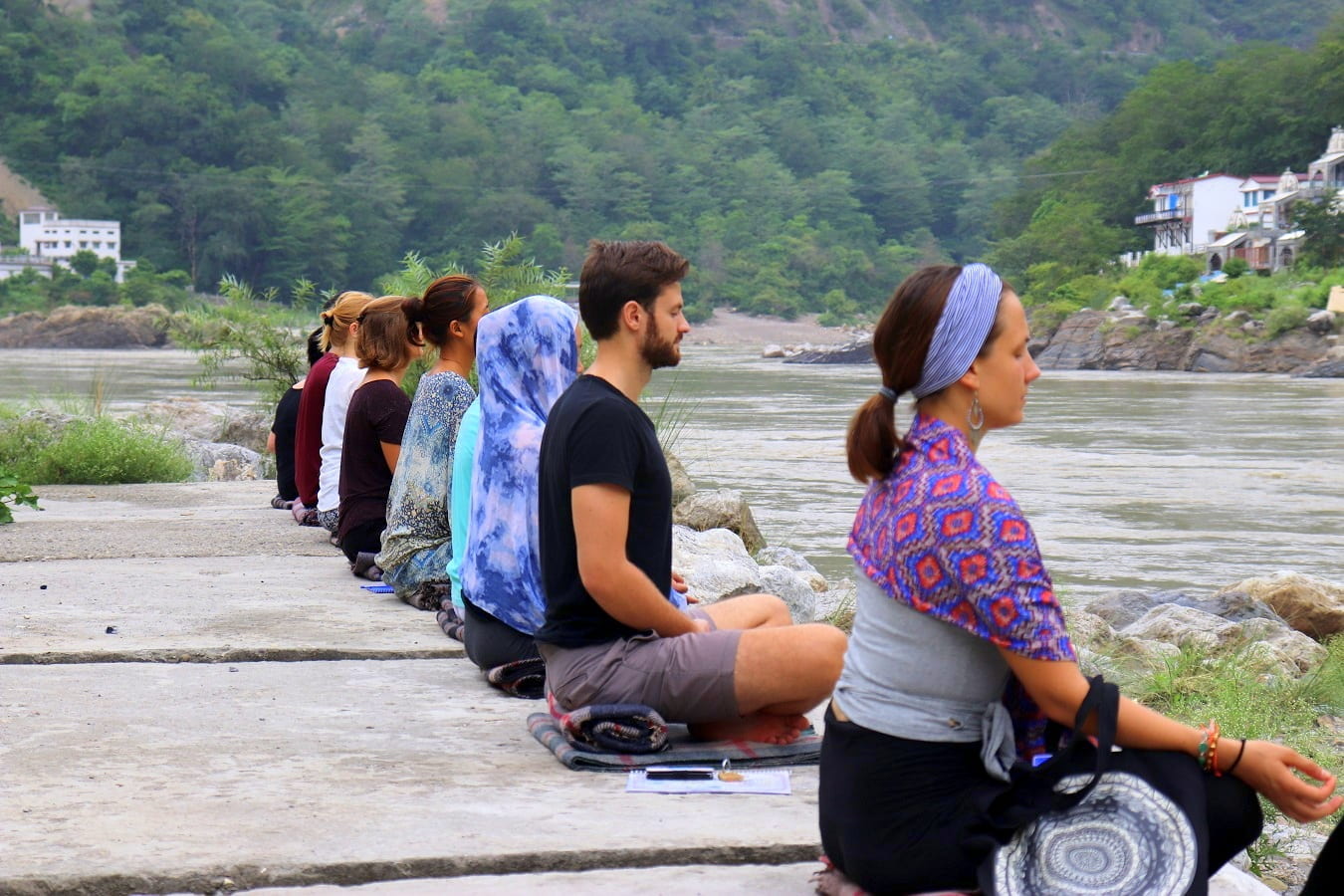
I noticed that I lack that group accountability now while in shelter-in-place. I know that I’m alone at home with home distractions that don’t respect my meditative boundaries, I find that I can no longer meditate comfortably.
Thankfully there was one Crawford group meeting when we all participated in HeartMath together and it was a very, “weight off my shoulders” type of feeling. I felt like I was able to shed the stress that I have been accumulating these past couples of weeks in quarantine. This makes me think that HearMath practices with others over video conferencing would benefit me a lot. I have yet to get back into a regular routine of meditation but it gave me a little bit of hope that I could get that “liminal space” back and not let that feeling of having the weight of the world’s problems on my shoulders again.
Further reading from Gleeson Library:
Books
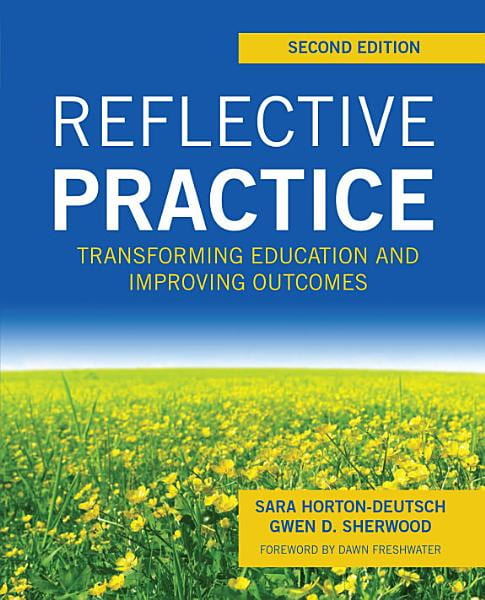
Scholarly Journal Articles
- Cognitive Rehearsal, HeartMath, and Simulation: An Intervention to Build Resilience and Address Incivility. Journal of Nursing Education 58(12), 690–697
- The Impact of HeartMath Resiliency Training on Health Care Providers. Dimensions of Critical Care Nursing. 38(6), 328–336
Sitting with Uncertainty
Vanessa Arteaga,
2nd Year Graduate Nursing Student, Cohort 28
Shallow breathing, heart racing, blood rushing in my ears. I remember the feeling just before getting called on in class in middle school, just before submitting my college applications, and just after submitting a job application after college. Usually after that panic, things would work out just fine whether that be answering my teacher’s question, receiving an acceptance letter or receiving a job offer. Growing up, I was very shy and quiet, preferring to sit in the back of a room and just listen rather than be in the spotlight in any way. Now looking back, I can say that my aversion to those moments was so strong because I did not have control in unexpected situations and that was difficult to cope with without any tools.
Entering the workforce and once I applied to graduate school, I found myself faced with more and more moments which I jokingly dubbed, “Adventures in the Life of Vanessa”. Really, these were moments of uncertainty but it was an important first step to label it as something less scary. I also began to practice deep breathing techniques during moments of stress which helped me calm my breathing and keep my mind from racing.
I thought that was the end of it, I had learned to stay more relaxed when surprises came my way and I was about to join a two year graduate program where every semester was meticulously laid out. However, this was not the case. Classes were rigorous, which I expected, but commuting to campus and having a part time job took study time which I had not accounted for. Once again, came the shallow breathing, heart racing, blood rushing in my ears feelings. I was disappointed but eventually came across mindfulness meditation from a Headspace ad on YouTube. Having a new way to tackle stressful moments by allowing myself to be aware of my response to worry without giving in to them, was a different experience. It was such a relief to be able to find some control in those moments and I finally felt I was getting back on track.
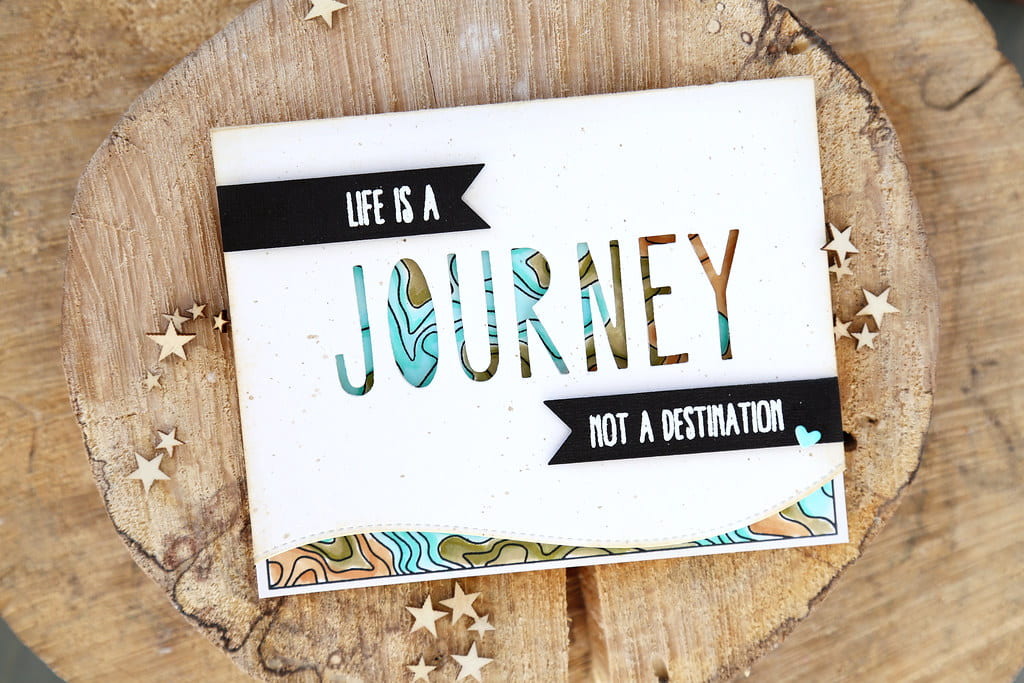
Then came March 16, 2020… That was the last day I can remember having a “normal” day. Up until then, I had been in some denial about the extensive reach of COVID-19. I remember seeing the news reports about it but I figured it was just being blown out of proportion for the sake of views. However, on that day in March, I saw an article calling for a statewide shelter-in-place order. Everything stopped. Floods of emails from work and school came pouring in to confirm: I would be staying at home for the foreseeable future. Not wanting to panic, I found a YouTube yoga channel and began going through a grounding practice. Shallow breathing, heart racing, blood rushing in my ears… turning into steady breathing, heart slowing, peaceful quiet as I focused on my breath and the way I was connecting to the world around me. For me, yoga has become a way to integrate mindfulness and breathing with a social component because even through a virtual platform, I feel supported within a community. I had finally found the answer I had been looking for: it’s okay not to know what’s happening next and acknowledge that it’s scary while thinking about small things I can control.
Further reading from Gleeson Library:
Newspaper Articles
- ‘Focus on right now’: how to mentally prepare for more Covid-19 uncertainty. The Guardian.
- ‘Think about the best-case scenario’: how to manage coronavirus anxiety; We are not wired to tolerate uncertainty — and these are the most uncertain of times. The Guardian.
- How to keep your children happy in a crisis: a parents’ guide; Many children are struggling with the changes and uncertainty in their lives. Leading psychologists explain how to help. The Times.

